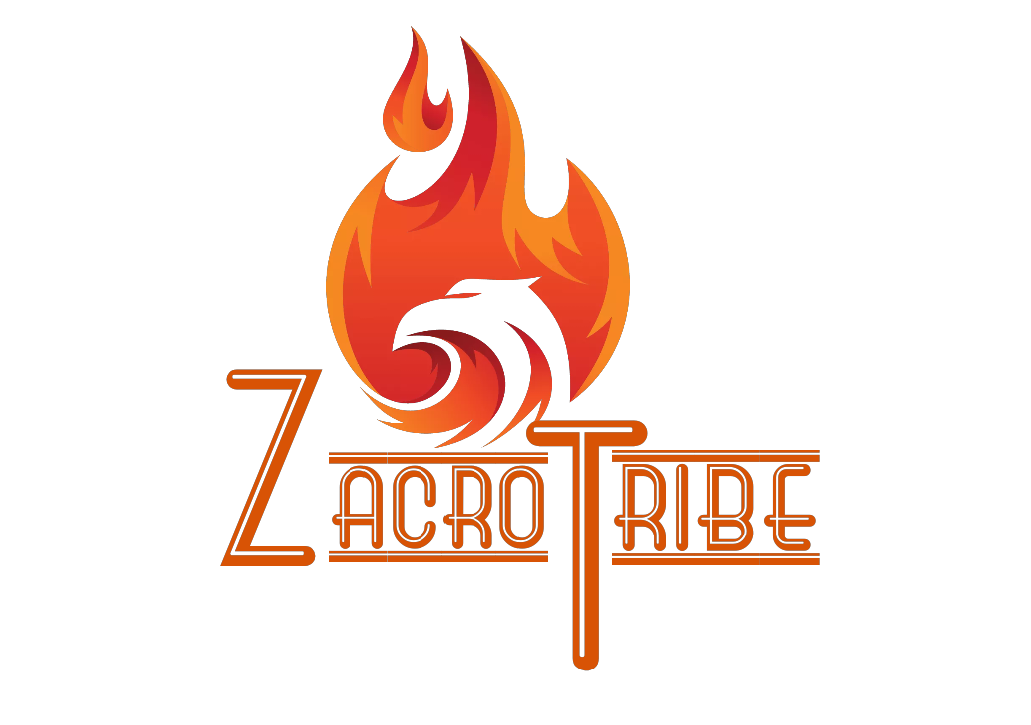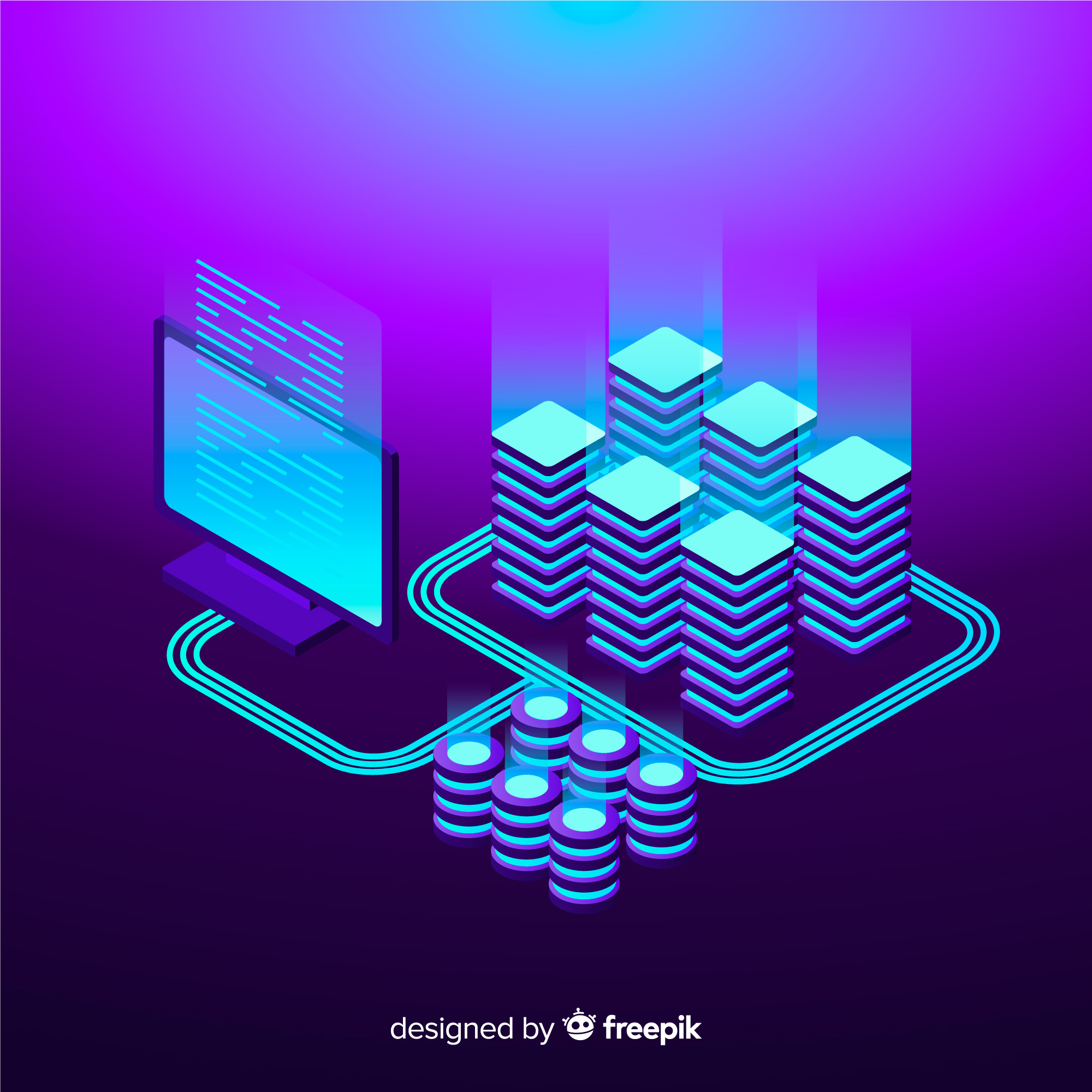
A Blockchain is a distributed database that maintains a list of records called blocks. These records are linked using cryptography. Each block contains a cryptographic hash of the previous block, a timestamp, and transaction data. A blockchain is a decentralized, distributed, and public digital ledger that is used to record transactions across many computers so that the record cannot be altered retroactively without the alteration of all subsequent blocks and the consensus of the network.
How does blockchain work?
Also known as distributed ledger technology, blockchain works on the motto of digital information distribution and is recorded but not edited.
Data cannot be tampered with due to the hash function of the blockchain. The hash function is an algorithm that converts row input data into encrypted code representing the original data. The function makes it difficult to decrypt hash as identifying the length of the input is difficult to decipher based on the output.
The working of the blockchain can be described as follows
A new transaction is entered. The transaction is then entered into a network of peer-to-peer computers. the network solves the equation to validate the transactions. Once the transaction is considered legitimate, the information is fed into a block.
Once the block gets filled, the block gets chained, creating a permanent chain of transactions. The transaction gets completed.
Layers of Blockchain
There are three layers of blockchain which are –
- Layer 0 (zero)
- Layer 1 (one)
- Layer 2 (two)
Layer 0 – Layer 0 is the infrastructure upon which layer 1 blockchains can be built. As a foundation layer to the blockchain networks and applications, layer 0 protocols are among many solutions aiming to fix the challenges the industry faces, such as scalability and interoperability.
Layer 0 protocols help to remedy the challenges faced by layer 1 networks. By creating a more flexible base infrastructure and letting developers launch their own purpose-specific blockchains. It hopes to more efficiently tackle problems.
Interoperability – Interoperability refers to the ability of blockchain networks to communicate with one another. Blockchain networks built on layer 0 protocol can interact with one another without the need for dedicated bridges.
Scalability – This protocol ensures that blockchain networks built upon the layer 0 infrastructure can optimize certain tasks. For example, execution chains can be optimized to handle high numbers of transactions per second.
Examples of Layer 0
Polkadot
Ethereum co-founder Gavin Wood designed Polkadot to allow developers to build their own blockchains. The protocol uses a main chain called the Polkadot Relay Chain and each independent blockchain built on Polkadot is known as a parallel chain or parachain. The Relay Chain functions as a bridge between parachains to enable efficient data communication.
Cosmos
Founded in 2014 by Ethan Buchman and Jae Kwon, the Cosmos network consists of a PoS blockchain mainnet called Cosmos Hub and customized blockchains known as Zones. Cosmos Hub transfers assets and data between the connected zones and provides a shared layer of security.
Each zone is highly customized allowing developers to design their own cryptocurrency, with custom block validation settings and other features.
Layer 1
Layer 1 is the fundamental base network of the blockchain platform. They are often referred to as the core of the blockchain network, as they provide the infrastructure for all other applications and protocols that are built on top of the network. They are the only layer directly responsible for maintaining the distributed ledger, validating transactions, and securing the network. They have their own native token used to pay for transaction fees.
Examples of Layer 1
Bitcoin
Launched in 2009, it was the first crypto token in the market. It uses a proof of work mechanism for validation. It refined the industry by allowing users to transact anonymously from around the world.
Ethereum
Ethereum added more functionality to the blockchain industry by introducing smart contracts. These are set of code that execute automatically when conditions are met. These are used extensively in dApps and DeFi.
Layer 2
Layer 2 is an additional layer of technology built on top of the original blockchain to improve its performance and scalability.
By utilizing the sidechains layer 2 solutions relieve the main blockchain. This helps to reduce congestion on the main blockchain and improve transaction speeds.
High transaction prices and slow speed are two common issues with Layer 1 blockchain, that Layer 2 solutions aim to solve.
Example
Polygon
Polygon is one of the most popular and largest Layer 2 solutions running in parallel to the Ethereum blockchain. It employs several technologies such as Pos, ZK-rollups, and plasma chains to improve efficiency. It offers interchain scalability with fast transactions at a very cheap gas cost.
Polygon, formerly known as MATIC network, was co-founded by Jayanti Kanai, Sandeep Nailwal, and Anurag Arjun in 2017.
Related: Our Services
Conclusion
Layer 0 is the most foundational architecture that acts as the support of Layer 1chains. Layer 1 chains are those that define protocols and support decentralized applications. Layer 1 chain generally have their own ecosystem. Layer 2 chains are mainly built to help Layer 1 for scaling purposes. Thus blockchain has three layers and they all are important.

